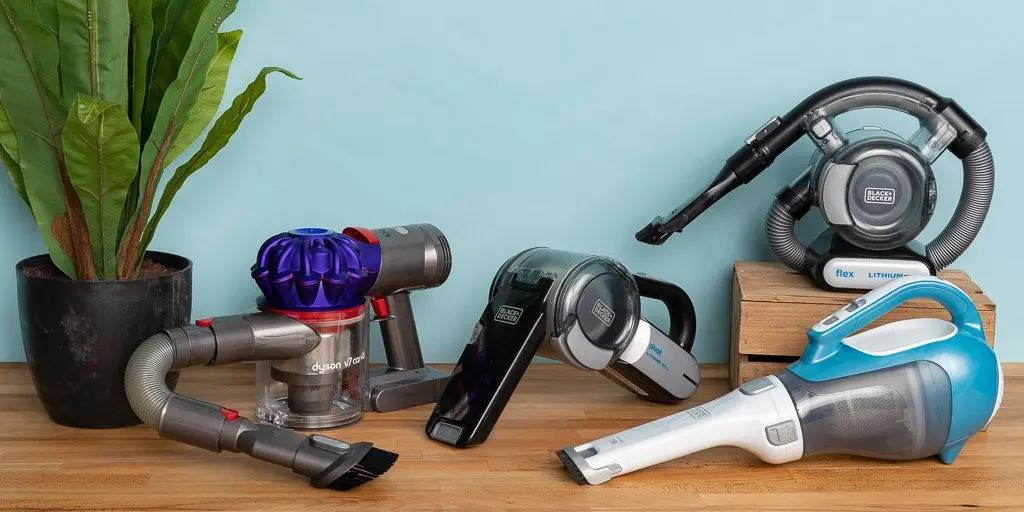Top 14 Best Hook Size For Saltwater Fishing In 2024
Gretchen Rubin Apr 24, 2024 1:15 PM
Keeping your hook sharp is essential whether you're fishing for bass, trout, or saltwater fish.
There are many different types of hooks available, ranging from simple ones to ones with intricate designs. The type of hook you use depends on the type of fish you're trying to catch.
If you're fishing for saltwater fish, it's essential to use a sharp hook. Fish like tuna, wahoo, and sharks' mouths are covered in protective scales, which can make it difficult to hook them. A sharp hook will help you pierce the scales and hook the fish.
Keeping your hook sharp is essential for maintaining longevity; a sharp hook requires less pulling and will ultimately lead to you catching more fish.

Compare Products
- SCORE8.8
- BrandShaddock Fishing
- Prime
Last update on 2024-04-24 / Affiliate links / Images, Product Titles, and Product Highlights from Amazon Product Advertising API
Some tips on how to adjust the knot size.
Here are some tips on adjusting the knot size.
1. Get the right size line. In order to adjust the knot size, you need loose line. The size of the line will depend on the size of the hook.
2. Start off by tying the line around your hook. Keep in mind that every line has its own thickness, and if you are using a thin line, you may want to use a bigger size hook. If the line is too thick, use a smaller size hook.
3. Tighten the line around your thumb and ring finger. Put the line in your other hand.
4. Pull the line with your other hand. This will make it tighter.
5. Tighten it further with your other hand.
What size hook to choose for catch and release fishing.
When you're fishing for catch and release fish, it's important to select the right size hook for the fish you're trying to catch.
There are three main types of hooks for saltwater fishing: circle hooks, standard hooks, and spinnerbaits. Circle hooks are the most common type of hook and are best for catching fish that weigh less than 2 pounds. Standard hooks are best for catching larger fish and can handle fish up to 8 pounds. Spinnerbaits are a type of lure that uses a spinning propeller to attract fish. These lures are best for catching fish that are feeding on baitfish, such as mackerel or tuna.
The size of the hook you use will depend on the size of the fish you're trying to catch. Make sure to measure the size of the fish you're trying to catch and select the appropriate size hook.
What size hook to use for fish with thick skins.
When fishing for saltwater species, some fish have very thick layers of skin that can make it difficult to catch.
To make things easier on you, you should use a larger hook to help you catch your prey. The hook should be large enough (about 4 times the diameter of the fish) that it covers the largest part of the fish.
Some tips on how to get the perfect hook set.
When it comes to fishing, hook sets are crucial. Getting the perfect hook set can mean the difference between a fish or no fish.
To practice your hook sets, you'll need some bait. Use a piece of bait that is the same size as the fish you're trying to catch. The bait should fit the hook's eye correctly, and you should be able to get the hook's barb through the lips of the bait.
Next, cast your bait into the water. You want your bait to drift or swim towards your target, but it shouldn't be too fast. Otherwise, the fish could escape. If your bait moves too fast, you may need to adjust the amount of slack on your line.
Once your bait is in the water, you want to set the hook. To do this, keep the rod stationary and gently press down on the reel's handle. This will pop your bait out of the water and set the hook.
Now, it's fish on! Whenever a fish bites your bait, let it sit on for 4-6 seconds. Then, slowly reel in the line. Take your time. If you reel in the line too quickly, the fish could break free.
If the fish is still biting, keep it on for about 15 seconds. Then, reel in the line gradually. If the fish doesn't bite after about 15 seconds, release the rod and reel in the line.
Once you have the fish on, you want to reel it in as carefully as possible. If the fish gets away, it's no fun at all!




















